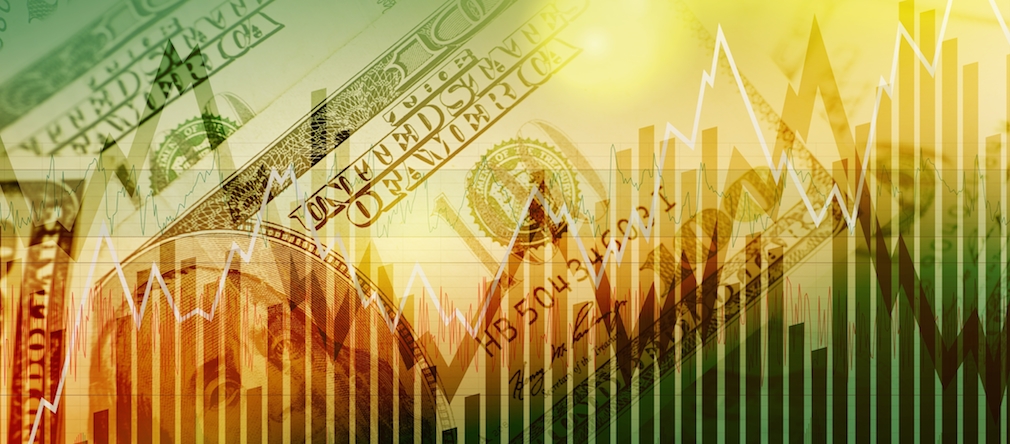The Federal Reserve raised rates Wednesday for the first time in 2017, but the market expects it to be the first of many.
After raising rates in December, when the Fed moved to raise rates from a range of 0.5% to 0.75%, the Fed elected to raise them another 25 basis points to a range of 0.75% to 1%. The Federal Funds Rate represents the overnight rate which financial institutions, such as banks, provide short-term lending to one another, and is a basis for capital markets liquidity.
Only one official voted against the action, Neel Kashkari, who preferred to maintain the existing target range for the federal funds rate during the March meeting, according to the Board of Governors of the Federal Reserve System.
And now, experts say the increases will continue throughout 2017, with the next hike occurring as soon as this summer.
“Rising inflation will predominantly dictate the next monetary policy decision, but another short-term rate hike should be expected by the end of the summer,” said Lawrence Yun, National Association of Realtors chief economist.
One expert explained that Federal Reserve Chair Janet Yellen herself indicated more rate hikes are on the way this year.
“As anticipated, the FOMC went forward with the first rate hike of 2017,” said Curt Long, National Association of Federally-Insured Credit Unions chief economist.
“Given that inflation is rising and approaching the Fed's 2% target, Fed officials had little choice but to raise rates,” Long said. “Chair Janet Yellen has indicated that more rate hikes are on the way later this year.”
However Yellen cautioned that, should the economy take an unexpected turn, the Fed is not locked in to a policy path, according to CNBC.
But exactly how many rate hikes is the market expecting?
“Overall, we still expect that in response to rising inflation, the Fed will hike rates by a total of four times both this year and next, taking the fed funds target range to between 1.50% and 1.75 by end-2017, and to between 2.50% and 2.75% by end-2018,” Capital Economics Chief Economist Paul Ashworth said.
However other experts are predicting a more conservative three rate hikes this year.
“Today’s FOMC decision to increase the target rate and the updated Fed officials’ economic projections that continued to show a median of three hikes this year are in line with our expectations in the March forecast released earlier today,” Fannie Mae Chief Economist Doug Duncan said. “We believe the Fed could stay on course to achieve its dual mandate with a gradual monetary normalization, which would allow housing to continue to expand.”
And the Mortgage Bankers Association points out the Fed is in no hurry to raise short-term rates.
“The Federal Reserve raised its short-term rate target today, as expected,” said Mike Fratantoni, MBA chief economist and senior vice president for research and industry technology. “However, the statement indicated that the Fed is still in no hurry to raise short-term rates, still seeing inflation falling somewhat short of their 2% target.”
“While they are confident that the economy will keep growing, as monetary policy remains accommodative, there was no indication that they are worried about the economy overheating, even with the quite rapid job growth we have seen thus far this year,” Fratantoni said. “Moreover, there was a single, dovish dissent from Neel Kashkari who preferred keep the fed funds target unchanged.”
As for homebuyers, experts explain the rate hike will have little effect as it was already priced into the market.
“Today’s widely anticipated interest rate increase is a reflection on the broad-based strength of the U.S. economy, and already partially priced into mortgage markets,” Zillow Chief Economist Svenja Gudell said. “Rising rates pose just a modest headwind for home shoppers in the priciest housing markets.”
“For the typical American home shopper, implications of today’s vote should only increase their monthly mortgage payment by about $16, or about $197 per year,” Gudell said. “Tight inventory remains a much more pressing concern for home shoppers today, a situation that is unlikely to ease in the months ahead.”







